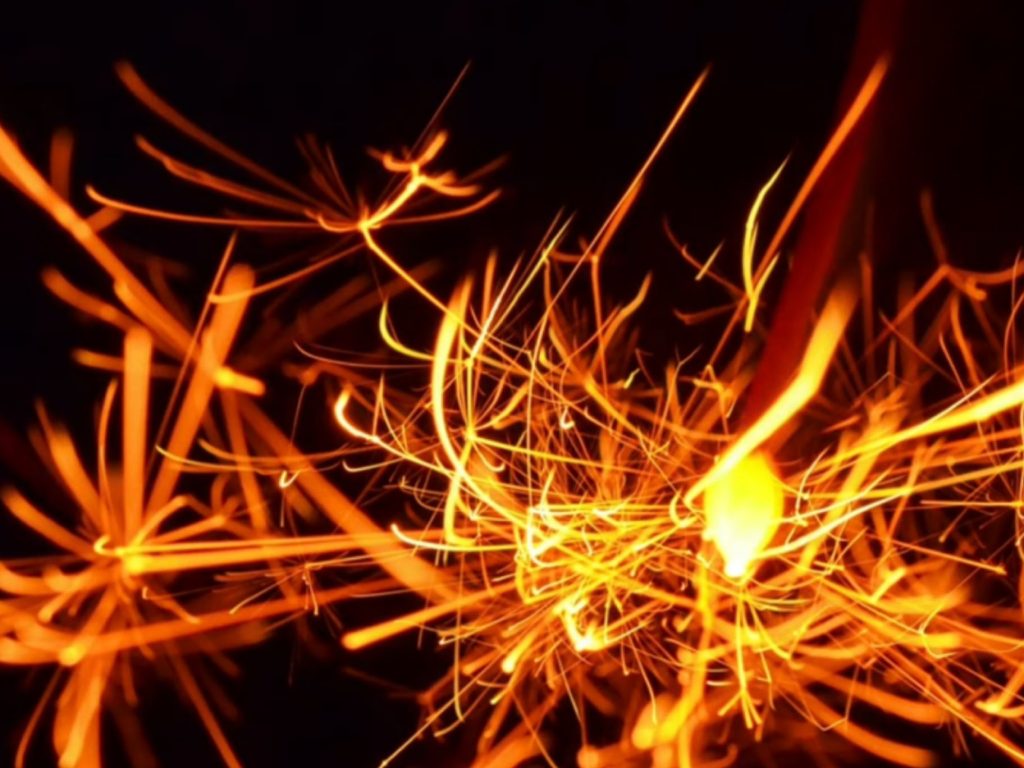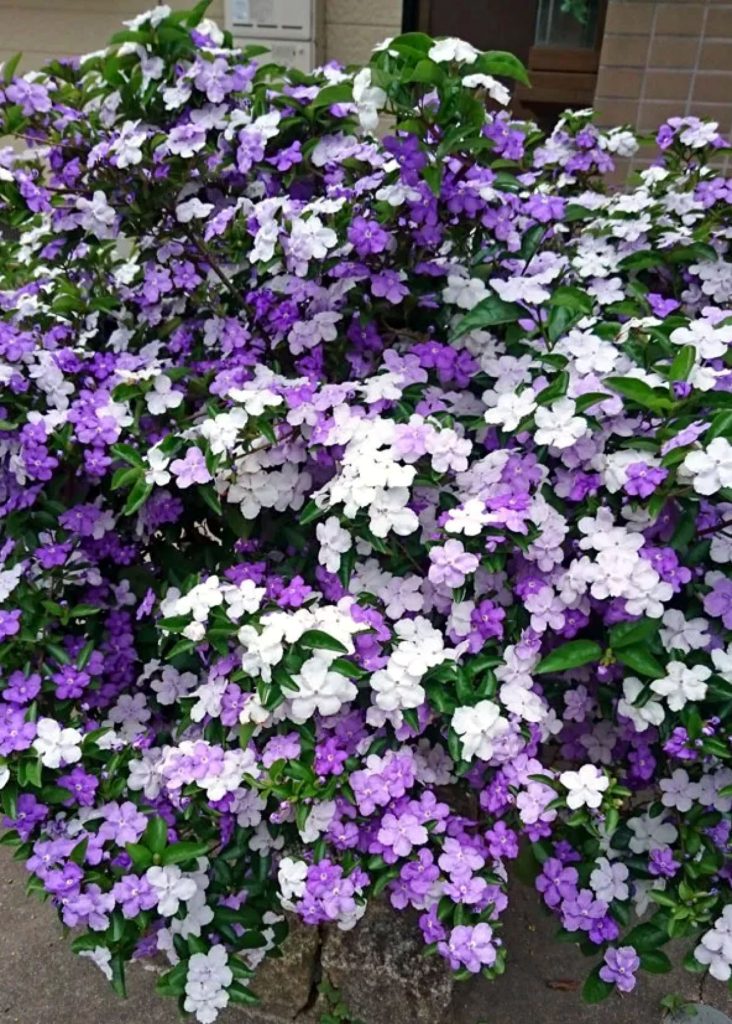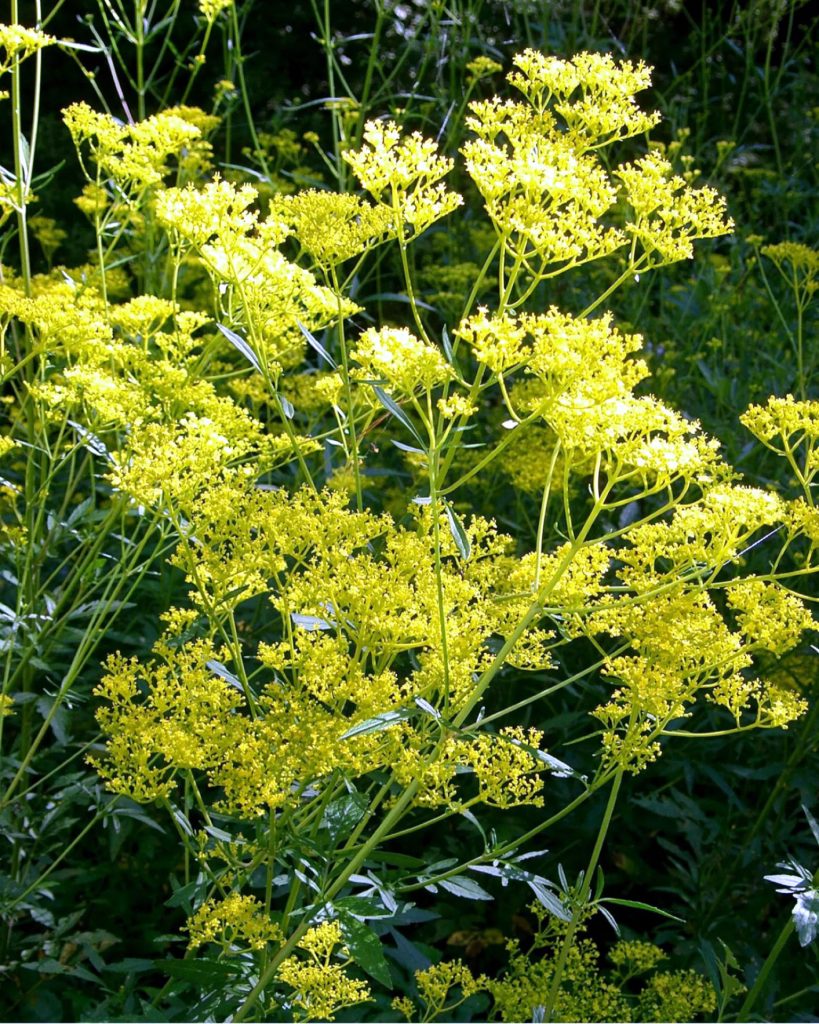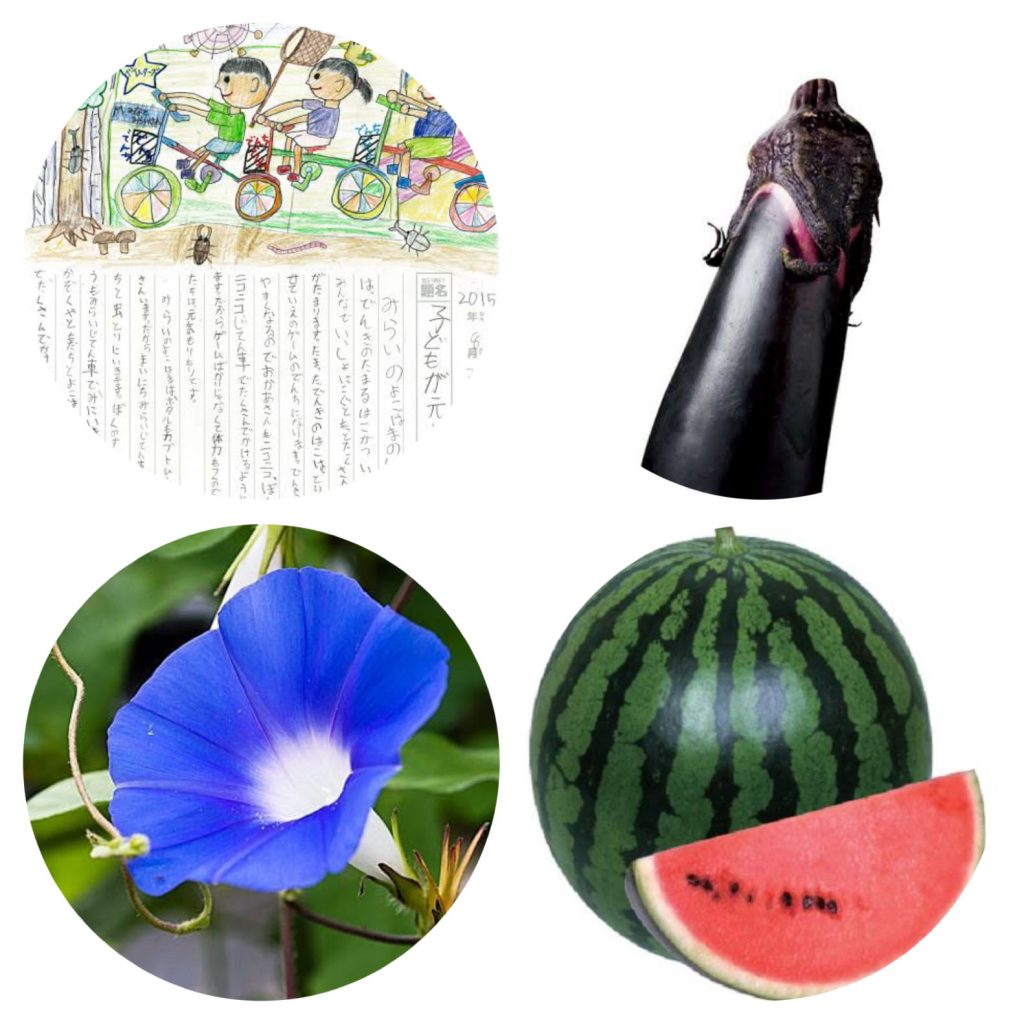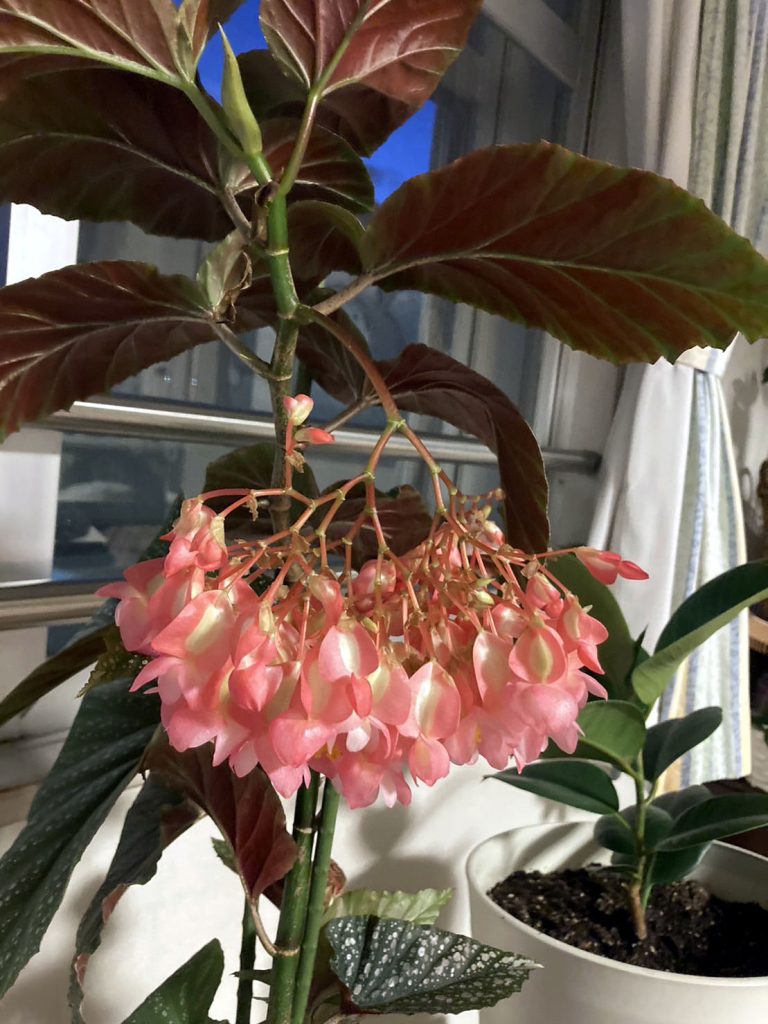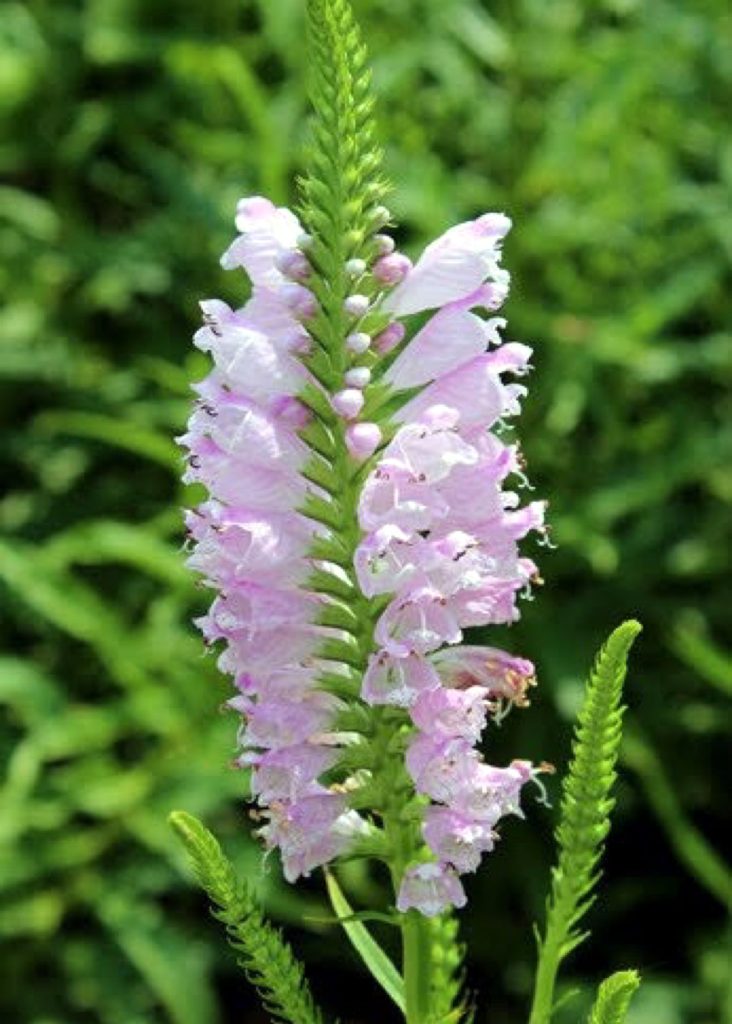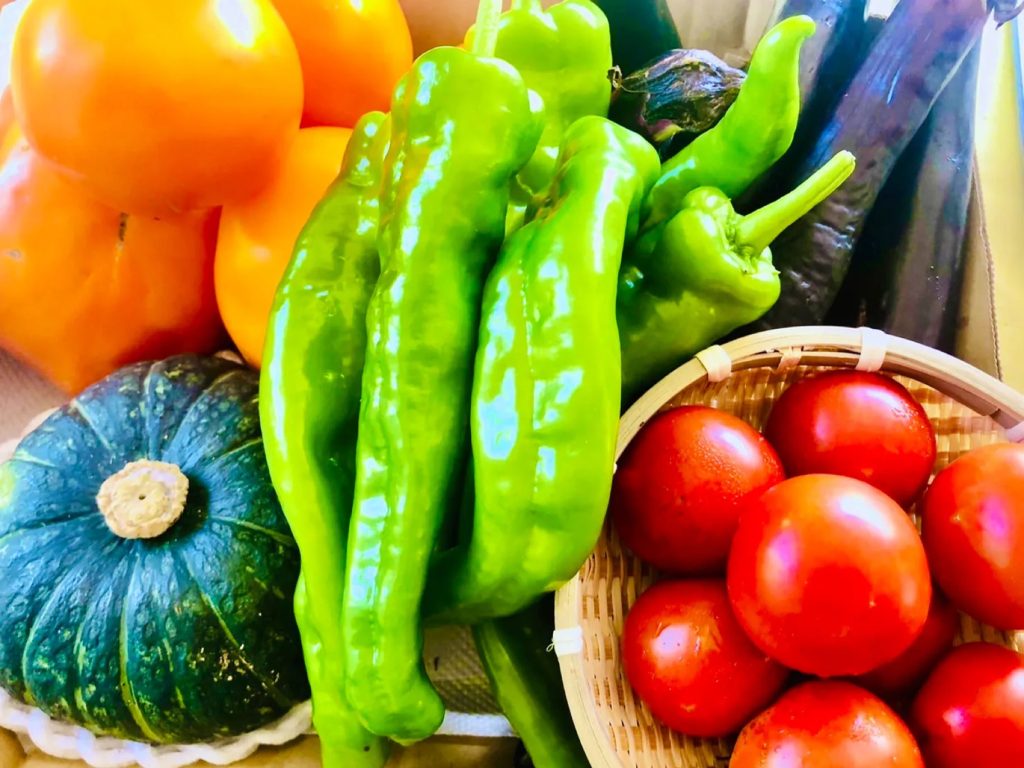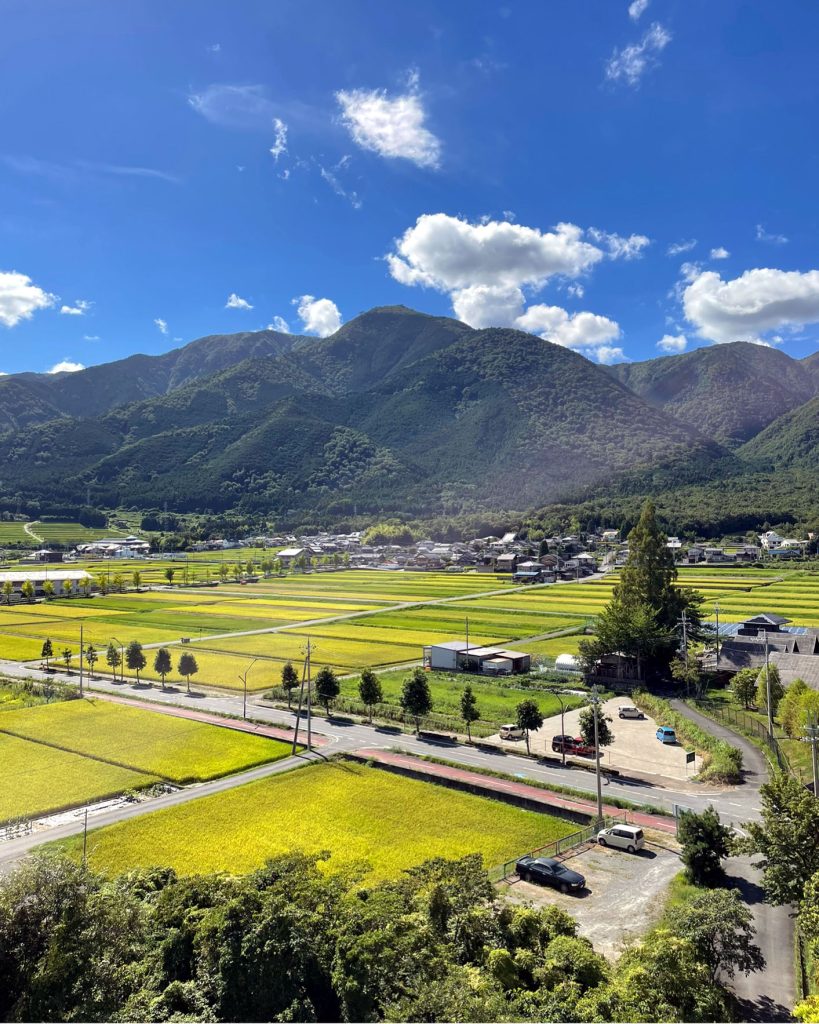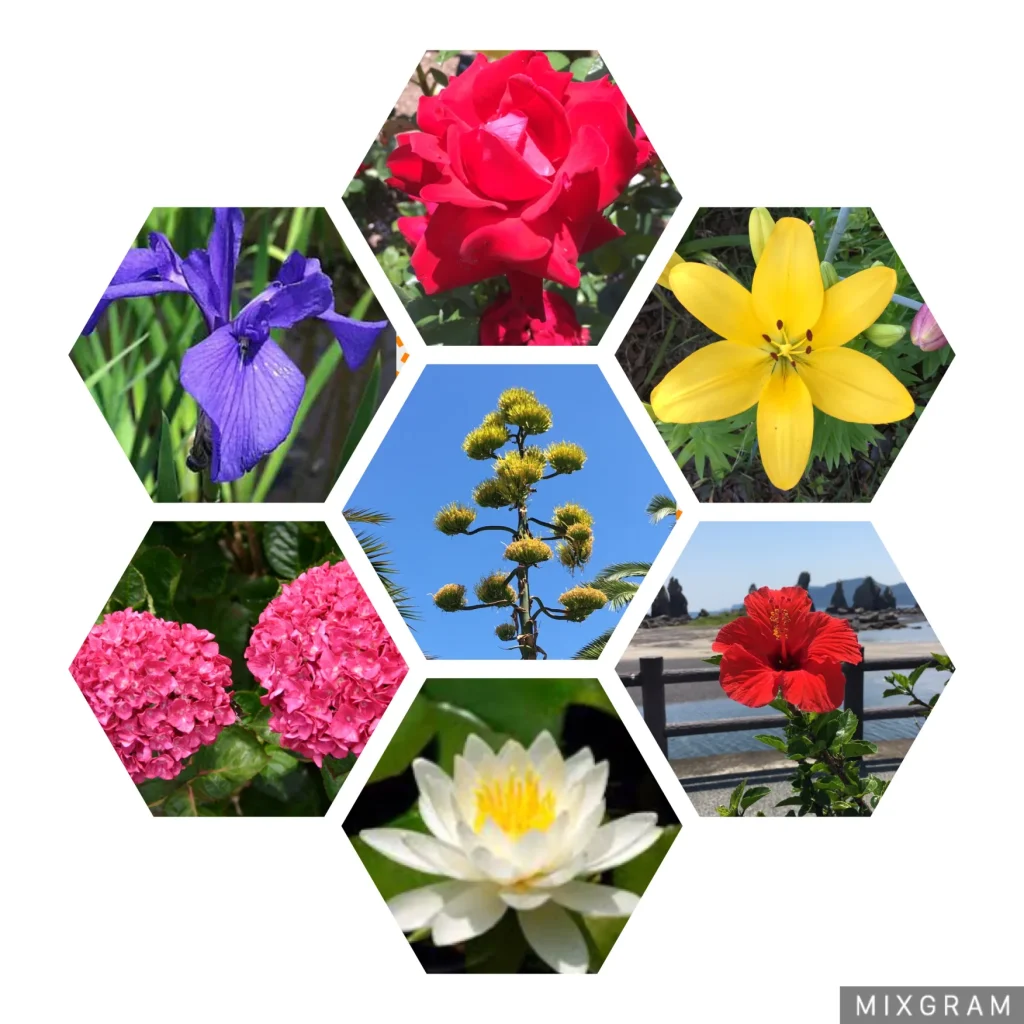
As you enjoy chilled soba on the riverside terrace of Kifune, the back parlor of Kyoto, the season has come when the cicadas , known as ‘Tsukutsuku-boshi’ chirp vigorously. This year, nationwide records of scorching and midsummer days have been rewritten due to the intense heat. In Kyoto, the 29th marked the 38th scorching day of the year. Until now, the most scorching days recorded in Kyoto within a year were 36 days in 1942, a record that has now been surpassed for the first time in 81 years. The streak of consecutive scorching days was interrupted on the 30th, as it turned into just a midsummer day, but the 31st today seems likely to be another scorching day.
Usually, the cicadas, known as ‘Tsukutsuku-boshi,’ begin their cries around the time of the Obon festival, but this year they started chirping even earlier. As the extremely hot days continue, the tsuk tsukuboshi also mistakenly believe that autumn has not yet arrived, and it seems like it will be late to start singing, but this is contradictory. Since the weather conditions have changed so much, Tsukutsukuboushi may have gone crazy. However, this is no time for such carefree talk. The Earth is teetering on a crisis from which there is no turning back. The ignorance and nonchalance of the world’s leaders are concerning.
京都の奥座敷、貴船の川床で冷やし蕎麦を食べていても、ツクツクボウシが盛んに鳴く季節になりました。今年は全国的にも猛暑日、真夏日の記録が塗り替えられていますが、京都では29日も今年38回目の猛暑日でした。これまで京都で1年間に記録した猛暑日は、1942年の36日間が最多でしたが、これを81年ぶりに更新したわけです。30日は真夏日で猛暑日の連続記録は中断しましたが、今日31日も猛暑日になりそうです。ツクツクボウシは、普通ならお盆が過ぎた頃から鳴き出すのですが、今年はもっと早くから鳴いていました。猛暑日が続くので、ツクツクボウシも秋の訪れを勘違いして、鳴き出すのも遅れそうなのに、矛盾していますよね。こうも気象状況が変わったので、ツクツクボウシも感が狂ったのかもしれません。しかし、こんな呑気なことを言っている場合ではありません。もう後戻り出来ないほどの危機的状況に地球は差し掛かっています。世界の指導者達の無知と呑気さが気になります。

